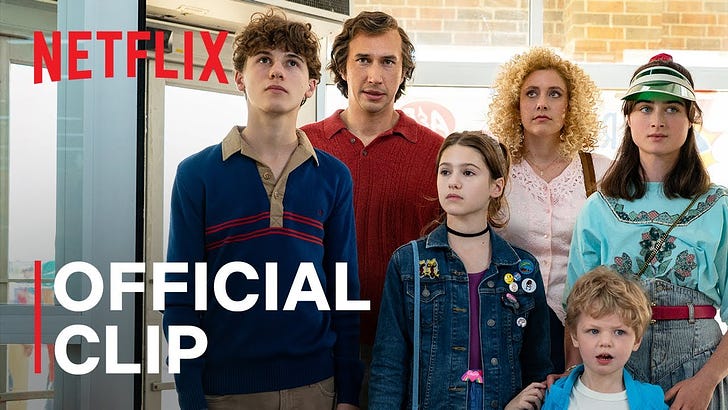Last night I dreamed I was playing guitar with Lee Harvey Oswald.
We were warming for our festival slot, and came up with a new song: "Born to Run."
We went out and played (yes, the Springsteen song) "Born to Run," and it was the best possible version of "Born to Run." On stage, we blew the crowd away. We killed it. We slayed it.
This dream had some easy-to-grasp source material. I am reading Jeff Tweedy of Wilco's memoir Let's Go (So We Can Get Back). He grew up in Belleville, Ill., which is not far from St. Louis but too far if you don't drive. In the book, he writes that when he was in third grade, he told everyone that he was the guy who did that song on the radio, "Born to Run." Wrote it and recorded it. That's him on the radio. He was lying, but in Belleville, 1975? Who would know? It seems like the Indiana town where Stranger Things was set.
I am reading it because there is a new Wilco album, Cousin, that I would like to write about when I get to spend more time with it. Wilco and …
Keep reading with a 7-day free trial
Subscribe to Critical Conditions by Wayne Robins to keep reading this post and get 7 days of free access to the full post archives.



